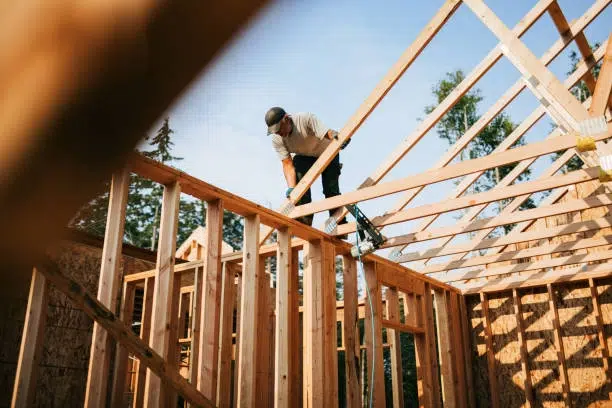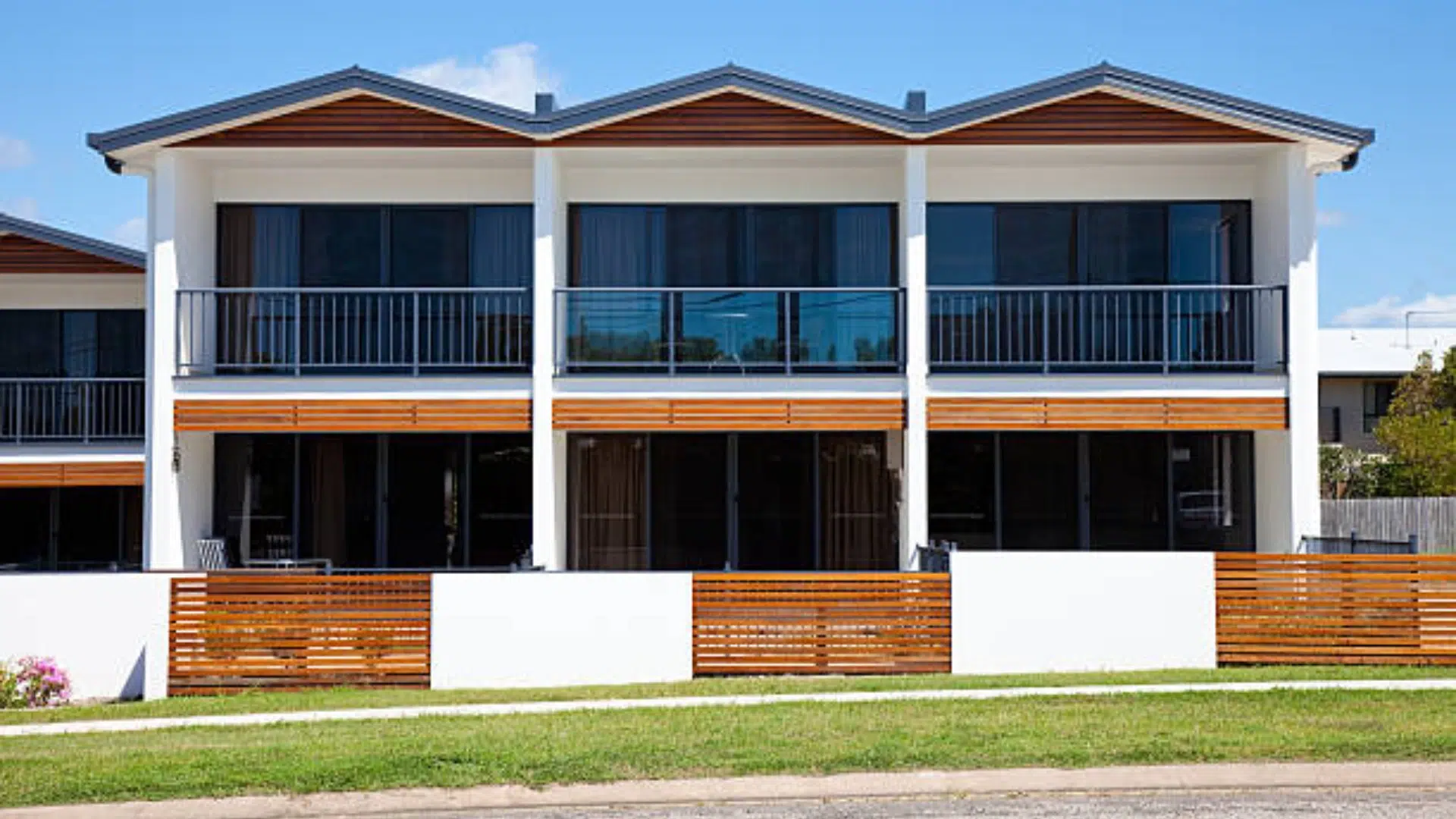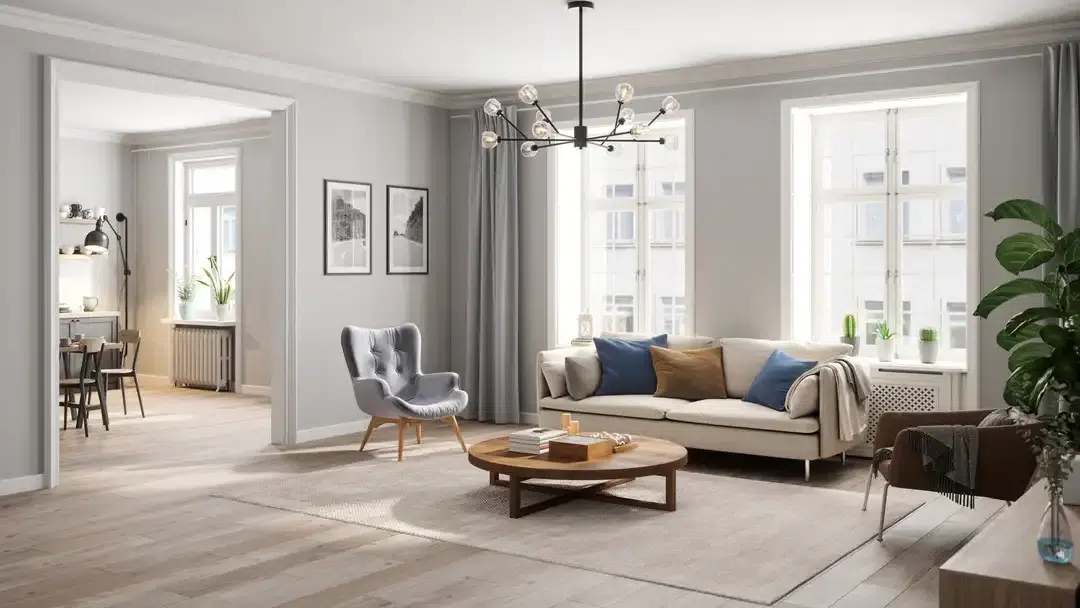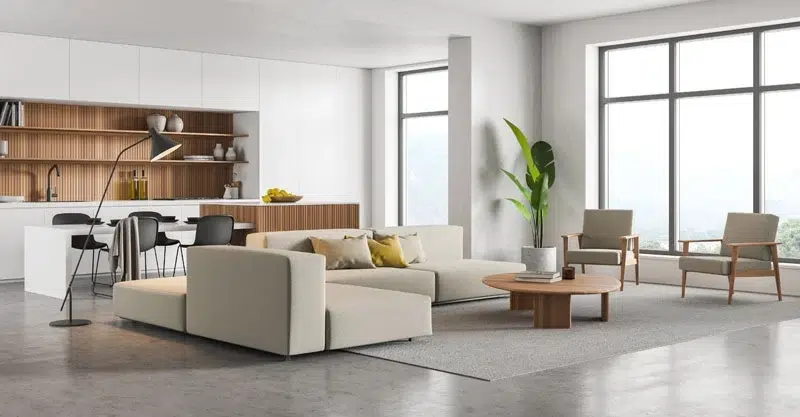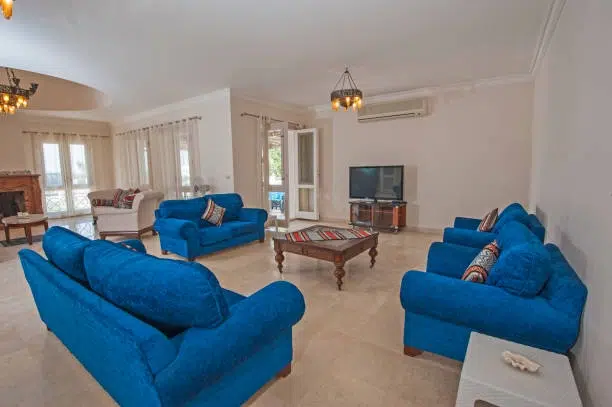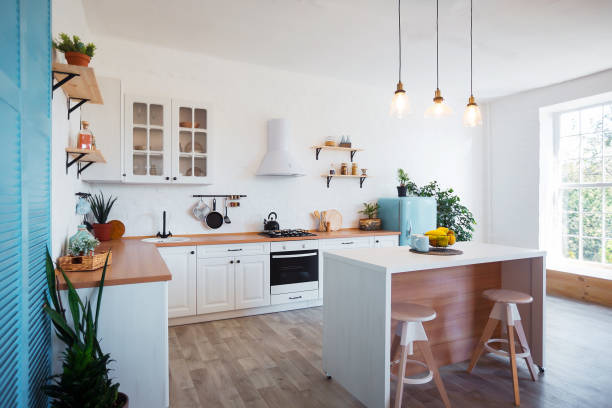When designing an accessory dwelling unit (ADU), the floor plan is more than just a blueprint—it’s the foundation for creating a functional, comfortable, and efficient living space. Whether you’re building a studio retreat, a rental unit, or a multigenerational home, a well-designed ADU floor plan balances practicality with aesthetics. Below, we explore the essential features to prioritize and how they transform your ADU into a livable, valuable asset.

What Makes It Great
1. Space Optimization Through Layout
A great ADU floor plan maximizes every square foot, ensuring the space feels spacious despite its compact size.
Open Concept Design
Avoid compartmentalizing rooms with walls. Instead, opt for an open floor plan that merges living, dining, and kitchen areas. This creates a sense of flow and openness, ideal for studios or small units. For example, a studio ADU might use a single room for sleeping, cooking, and lounging, separated by furniture or rugs rather than walls.
Zoning Without Walls
Define functional zones (e.g., sleeping, cooking) using subtle design elements like:
- Rugs to demarcate areas.
- Sliding doors or curtains for privacy when needed.
- Ceiling height variations or lighting to visually separate spaces.
Vertical Space
Use lofted storage, built-in shelves, or multi-tiered layouts to capitalize on ceiling height. For narrow ADUs, consider vertical elements like floor-to-ceiling cabinets or foldable furniture
.
2. Functional Zones for Every Need
A great ADU floor plan adapts to its purpose, whether it’s a rental, guest suite, or home office.
Multi-Purpose Spaces
Combine functions in one area. For instance:
- A sleeper sofa doubles as a bed and seating.
- A convertible dining table folds into a desk for remote work.
- Dual-suite layouts (e.g., bedrooms on opposite ends) enhance privacy for renters.
Essential Rooms
Prioritize these spaces based on your ADU’s use:
- Kitchen: Compact but efficient, with full-size appliances if possible.
- Bedroom(s): Private or semi-private, depending on occupancy needs.
- Bathroom: Accessible and well-ventilated, with storage for essentials.

3. Design Flexibility and Adaptability
The best ADU floor plans evolve with your needs.
Modular Layouts
Choose designs that allow reconfiguration. For example:
- Sliding partitions to expand or shrink rooms.
- Furniture on wheels for easy rearrangement.
Scalability
Opt for plans that can grow with your family or income goals. A two-bedroom ADU under 750 sq ft avoids impact fees while offering rental flexibility.
4. Aesthetic and Practical Considerations
A well-designed ADU floor plan balances form and function.
Natural Light and Ventilation
Position windows strategically to maximize sunlight and airflow, reducing reliance on artificial lighting.
Neutral Color Palettes
Use light tones and minimal decor to create a sense of spaciousness.
Storage Solutions
Integrate built-in cabinets, hidden compartments, or lofted storage to keep clutter at bay.
5. Budget and Compliance
A great ADU floor plan respects your budget and local regulations.
Cost-Efficient Design
- Stay under 750 sq ft to avoid impact fees.
- Use pre-designed ADU house plans to save on drafting costs.
Zoning Compliance
Work with an ADU contractor to ensure your plan meets local building codes and permits.
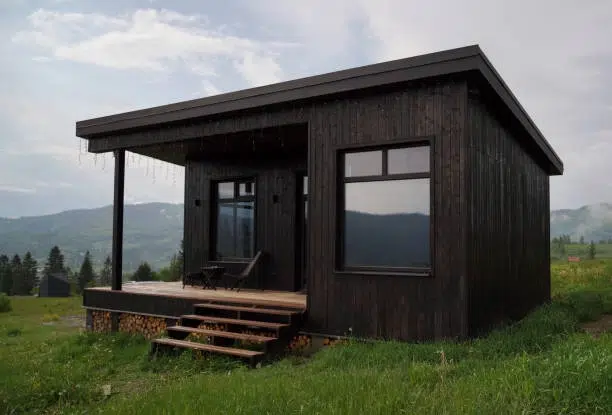
A great ADU floor plan isn’t just about fitting rooms into a small space—it’s about crafting a home that feels intentional, efficient, and inviting. By prioritizing open layouts, functional zones, flexibility, and compliance, you’ll create a space that serves your needs today and adapts to tomorrow’s goals. Whether you’re building for family, income, or personal use, the right floor plan transforms a compact unit into a valuable, livable asset.
For tailored guidance, consult an ADU contractor or explore ADU house plans that align with your vision and budget. At Rockbay Construction and Remodeling, we specialize in turning thoughtful designs into functional, beautiful spaces. Let’s build your ideal ADU together. Contact us today!
Frequently Asked Questions
1. What makes an ADU floor plan effective?
A good floor plan uses space well. It often has an open layout with areas that serve multiple purposes. Working with an ADU contractor can help you combine what you need with what looks good. Looking at ADU house plans can also inspire you. You can find ideas that meet your needs and help you make a small space that is comfortable and nice to look at.
2. How can I maximize space in my ADU floor plan?
To make the most of your space, have an open floor plan. Use built-in storage or tall layouts. Foldable furniture and smart zoning can also help. A skilled ADU contractor can suggest house plans that make small areas feel more open. This way, you can use every inch while still keeping comfort and style.
3. What rooms should be in a basic ADU floor plan?
A good floor plan often has a kitchen, bathroom, sleeping area, and a place to relax. You might also want a home office or a guest room, based on what you need. An ADU contractor can help you pick ADU house plans that fit your space needs and stay within your budget.
4. Can an ADU floor plan include flexible spaces?
Yes, adaptable floor plans are great for needs that change. You can use features like sliding walls or movable furniture. ADU house plans with flexible layouts are good for growing families or changing rental situations. An ADU contractor can help create a design that fits how you want to use it.
5. How can I pick the best ADU floor plan for a rental?
For a rental, choose a floor plan that has privacy, good kitchen space, and a comfy living area. Dual-bedroom layouts are great for tenants. An ADU contractor can suggest ADU house plans that draw in renters, follow building rules, and fit your property size and money goals.
6. Do I need a contractor to design my ADU floor plan?
Working with an ADU contractor is useful to make sure your floor plan meets building rules and uses space effectively. They can provide tips on the layout, budget, and local permits. Going over ADU house plans with your contractor helps design a space that fits your needs.
7. Are ready-made ADU house plans better than custom ones?
Pre-made ADU house plans are usually cheaper and faster to use. They provide good designs that match many ADU needs. If you want to make small changes, an ADU builder can help you adjust them for your lot. This way, you save time and still get a nice layout.


